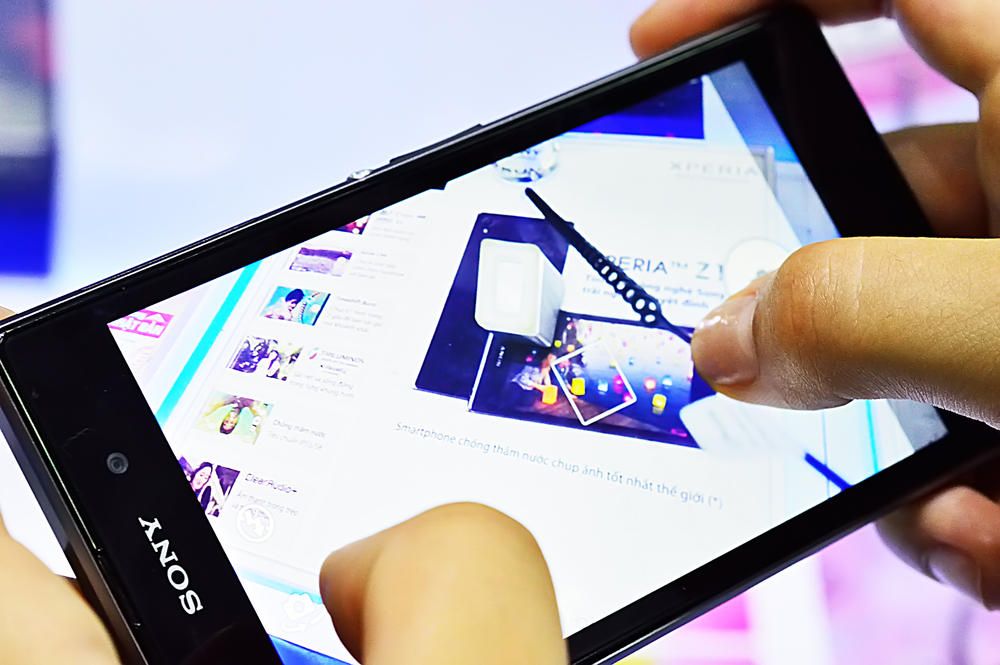
TOKYO — Sony expects its annual loss to swell to $2 billion and has canceled dividends for the first time in more than half a century after writing down the value of its troubled smartphone business.
Citing intense competition, especially from Chinese rivals, Sony said Wednesday it anticipates a net loss of 230 billion yen ($2.15 billion) for the fiscal year that ends March 31, 2015. Its previous forecast was for a 50 billion yen ($466 million) net loss.
For the first time since going public in 1958, the Japanese electronics and entertainment conglomerate canceled dividend payments for the half- and full-year.
“This is the very first time we ever eliminated a dividend,” said Sony’s president Kazuo Hirai. “For more than 50 years we always paid a dividend. The entire management takes this very seriously.”
The company plans to cut staff in its mobile communications business by about 15 percent, or roughly 1,000 people, Hirai said. Details of that plan are to be announced later.
Sony has been trying to reshape its business after years of red ink and has repeatedly promised turnarounds without delivering.
It said the bigger loss for the current fiscal year stems from a lower valuation of its mobile phone business due to weaker than expected sales. The company is recording an “impairment charge” of 180 billion yen ($1.7 billion) in the July-September quarter.
The charge is purely an adjustment to the company’s balance sheet, involving no cash, but it reflects that the mobile business is far less valuable and will generate lower profits than previously thought.
The smartphone business has proven particularly tough for Sony. Apple and Samsung dominate at the top end while Chinese and other Asian manufacturers are hogging the market for cheaper phones that are most likely to appeal in fast-growing developing countries.
Hirai said Sony had not managed to stay ahead of sea changes in the industry.
“The Chinese smartphone manufacturers have made great strides and are expanding outside their own market, and this has caused a shift in the pricing,” he said. “Meanwhile, Apple and other manufacturers are launching strong, innovative products. The changes are very rapid and dramatic.”
Hirai said Sony expects a loss in its mobile business this year, but would return to profit by cutting costs and focusing on higher end devices. It is also positioning itself for future growth in smartphones and mobile technology.
“We have to be in the competitive landscape in the next stage and be ready for that evolution,” he said.
Sony intends to leverage its vast archive of music and movies, network services and technology to compete.
“By combining these assets well we can come up with uniquely Sony products,” he said.
Looking ahead, Sony plans to concentrate on its “premium lineup” of smartphones and reduce the number of mid-range models that have proven less popular than expected, Hirai said.
Sony plans three Xperia Z3 smartphone and tablet models, with its signature waterproof capabilities, for this fall. For the first time, one of the phones will be available in the U.S., through T-Mobile, at about the same time as the rest of the world, rather than months later.
It also plans a new SmartBand fitness device that will include a small display to show the status of various activities. Its SmartWatch 3 will have GPS capabilities built in, allowing for more accurate tracking of outdoor fitness activities.
The profit warning followed a surprise eightfold jump in Sony’s April-June quarterly profit thanks to gains from selling buildings and its stake in a video-game maker.
Sony left its full-year sales forecast unchanged at 7.8 trillion yen ($72.8 billion).
The company reported a 128.4 billion yen loss in the fiscal year that ended March 31.